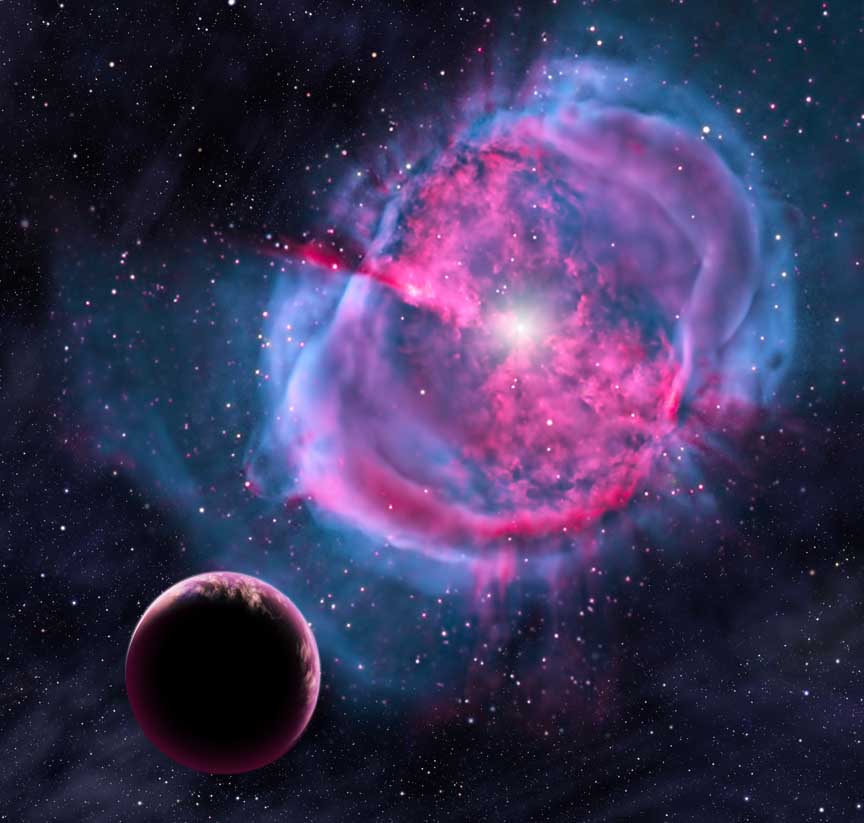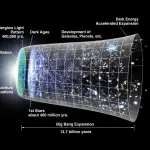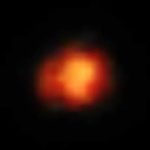Key Takeaways:
- Discovery of potentially habitable exoplanets Kepler-438b and Kepler-442b, located 470 and 1,100 light-years away respectively.
- Both planets orbit red dwarf stars and exhibit similarities to Earth in terms of size and potential rocky composition.
- Kepler-438b has a 70% chance of being rocky, receives 40% more heat than Earth, and stands as one of the most promising candidates for life.
- Kepler-442b, larger than Earth, boasts a 97% chance of surface water existence.
- The discovery adds to the tally of known exoplanets, leveraging statistical methods and the BLENDER computer program to validate their existence.
Astronomical exploration has reached a pivotal juncture with the revelation of two potentially habitable worlds, Kepler-438b and Kepler-442b, situated 470 and 1,100 light-years away respectively from our home planet. These discoveries, born from meticulous analysis of Kepler space telescope data, mark a significant leap in our quest to identify Earth-like planets elsewhere in the cosmos.
Kepler-438b, slightly larger than Earth and orbiting a red dwarf star, presents a compelling prospect with a 70% chance of being rocky. Its proximity to its red sun results in a 40% increase in heat reception compared to Earth, fostering a 70% likelihood of liquid water on its surface—an essential criterion for Earth-like life or human habitability.
At just 470 light-years from our solar system, this planet emerges as one of the most promising candidates in the search for extraterrestrial habitable environments.

In a distant celestial realm lies Kepler-442b, larger than Earth yet boasting a 60% probability of being rocky. Positioned around a red dwarf star with about two-thirds the light Earth receives, this planet exhibits a staggering 97% chance of hosting water on its surface, if indeed it possesses one. Its location, 1,100 light-years away, positions it farther from our cosmic neighborhood compared to its counterpart but doesn’t diminish its potential significance in the pursuit of habitable worlds.
Astronomers caution that while these findings are immensely promising, certainty regarding the habitability of these planets remains elusive. David Kipping, an esteemed astrobiologist, underscores the allure of these worlds as promising candidates rather than confirmed habitable zones, emphasizing the complexities inherent in assessing a planet’s suitability for life along Earthly lines or human colonization.
The discovery of these exoplanets expands humanity’s catalog of known alien worlds to a thousand, achieved through sophisticated statistical methods rather than direct mass measurement due to their relatively diminutive size.
Leveraging tools like the BLENDER computer program, astronomers validate these planets’ existence, a technique previously instrumental in confirming some of Kepler’s groundbreaking discoveries, including Earth-sized planets around sun-like stars.
Fergal Mullally, a distinguished SETI scientist, expresses optimism fueled by Kepler’s four-year data collection, enabling the identification of Earth-sized candidates orbiting distant stars. Mullally heralds these discoveries as a significant step closer to finding Earth analogs among sun-like stars, marking a pivotal moment in our ongoing quest for planetary familiarity beyond our solar confines.
These newly unveiled exoplanets, with their Earth-like traits and tantalizing potential for habitability, reaffirm the enduring quest of astronomers and planetary scientists—the pursuit of celestial bodies resembling our own, beckoning us to unravel the mysteries of distant worlds and perhaps one day discover the cosmic siblings we’ve long sought.


